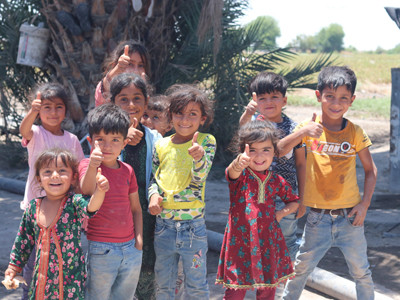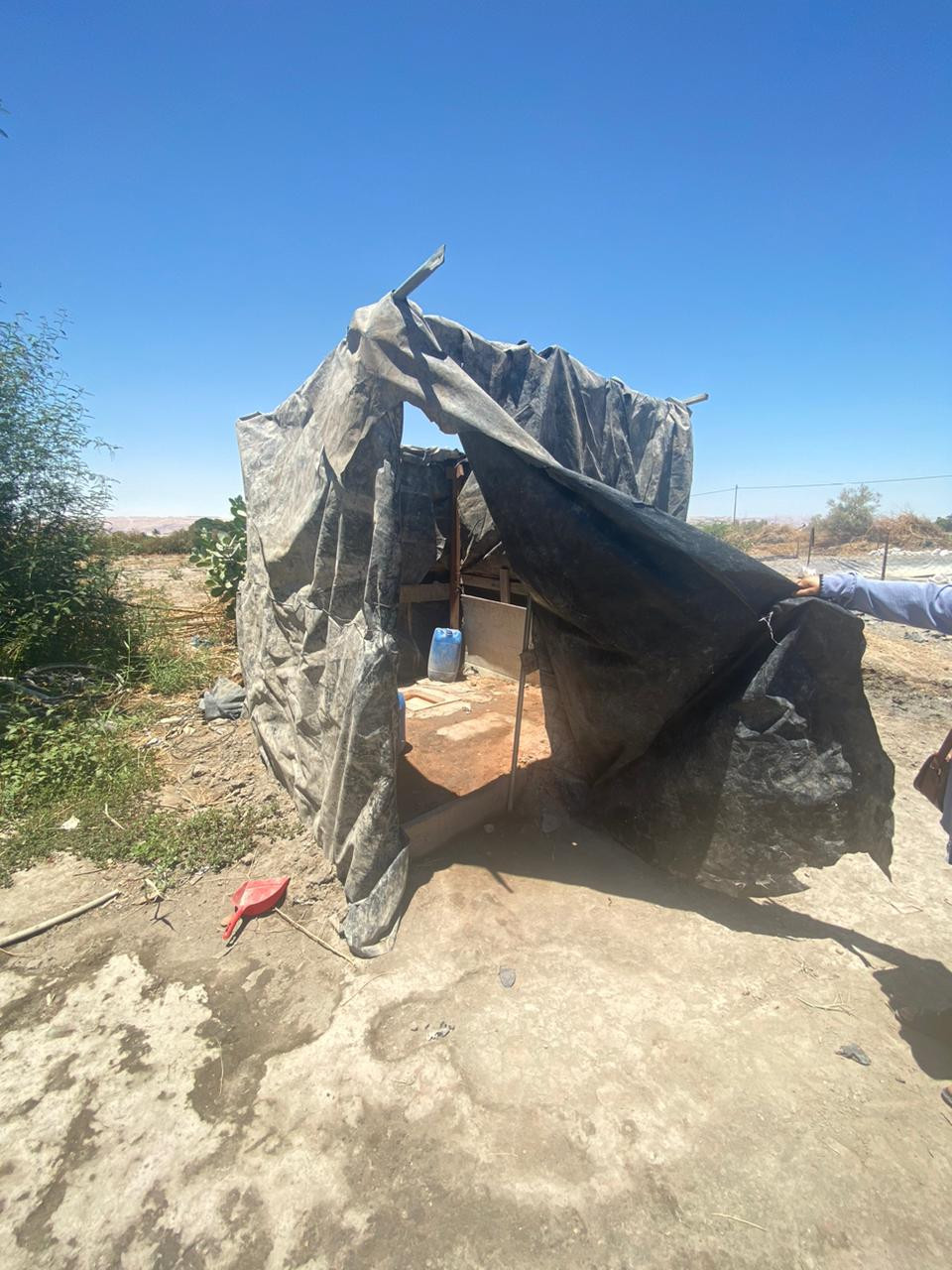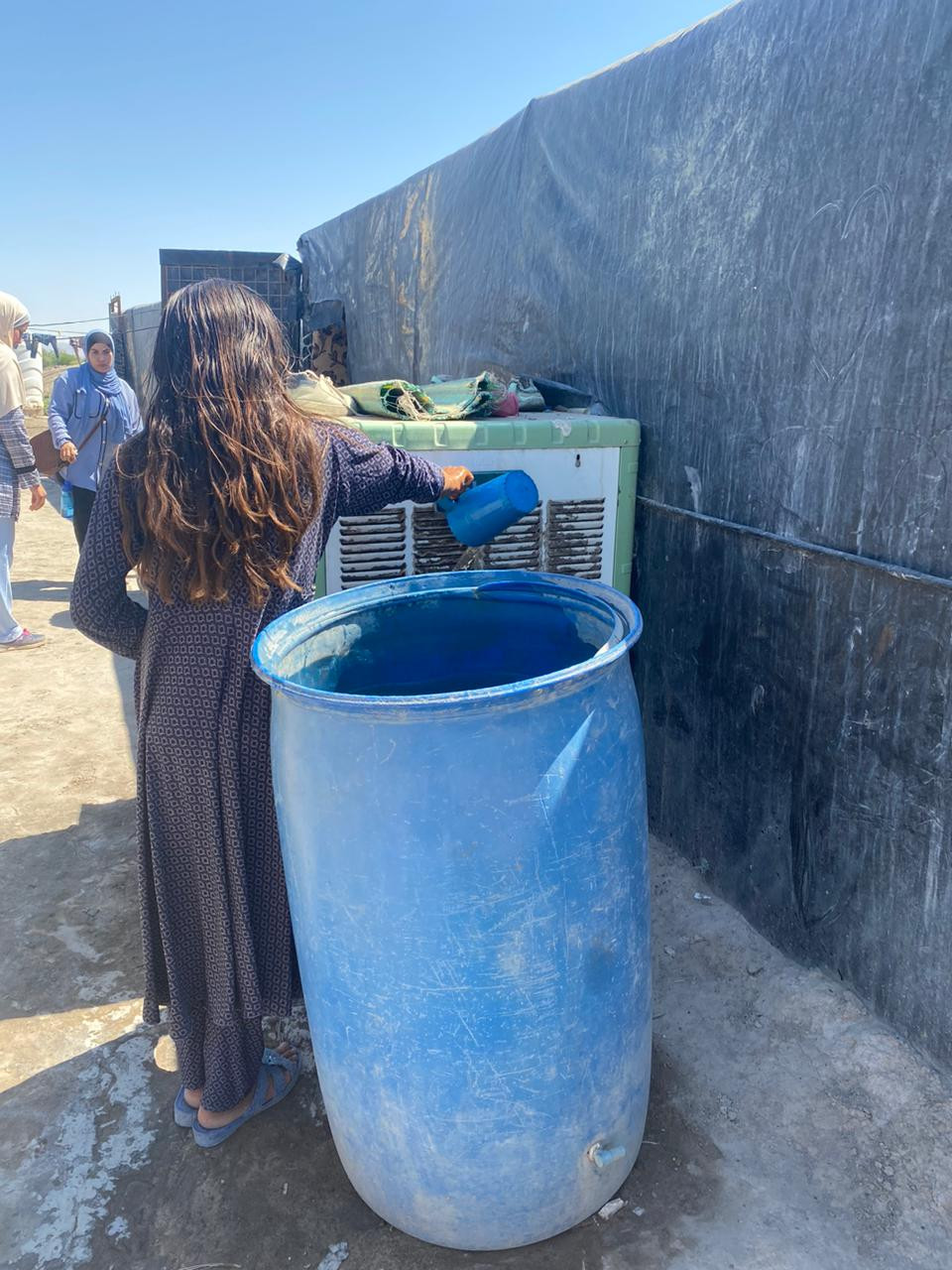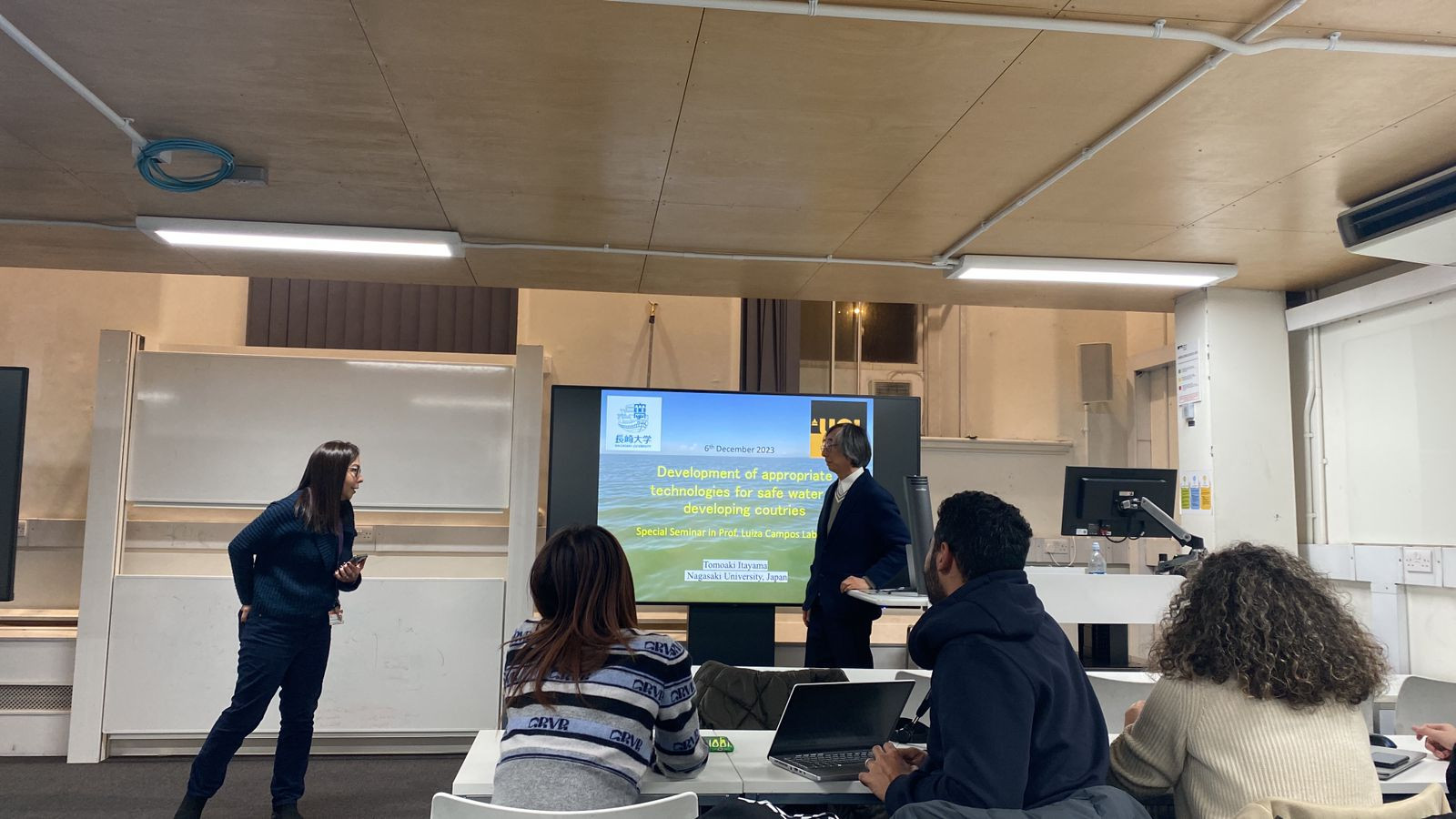
This module introduces sanitation challenges in impoverished areas, focusing on Jordan's poverty pockets exacerbated by water scarcity, refugee influxes, and rapid population growth. Poor sanitation leads to severe health risks like waterborne diseases and disproportionately impacts women and children. Sustainable Development Goal 6 emphasizes universal access to water, sanitation, and hygiene, requiring community-led solutions, innovative technologies like mobile latrines, and strong policies. Case studies like Jordan's Southern Ghor District illustrate the urgency for improved infrastructure in marginalized communities. Inadequate sanitation affects health, gender equality, and economic productivity, necessitating multi-faceted, collaborative efforts.
Format: Presentation followed by Quiz
- Teacher: Admin User








